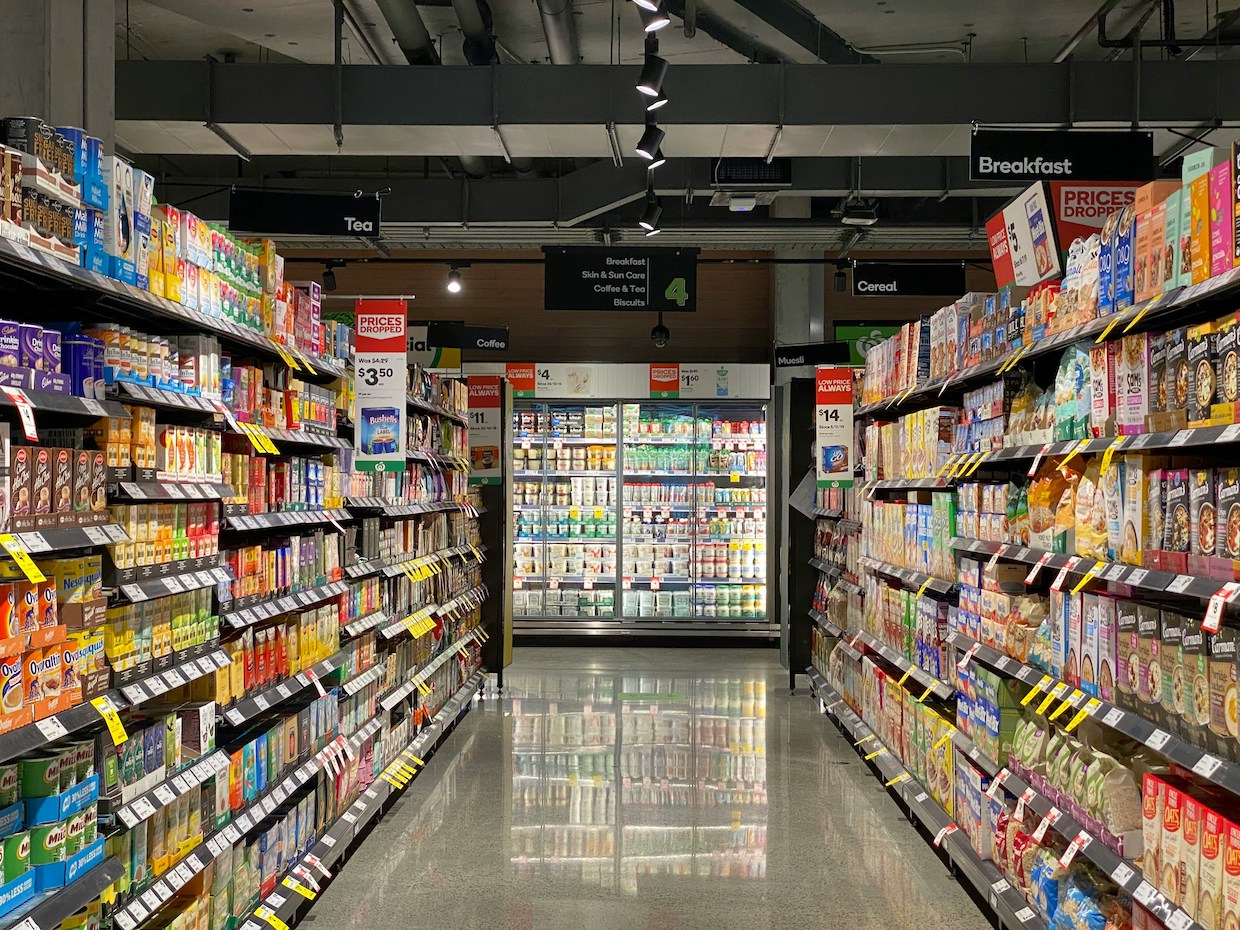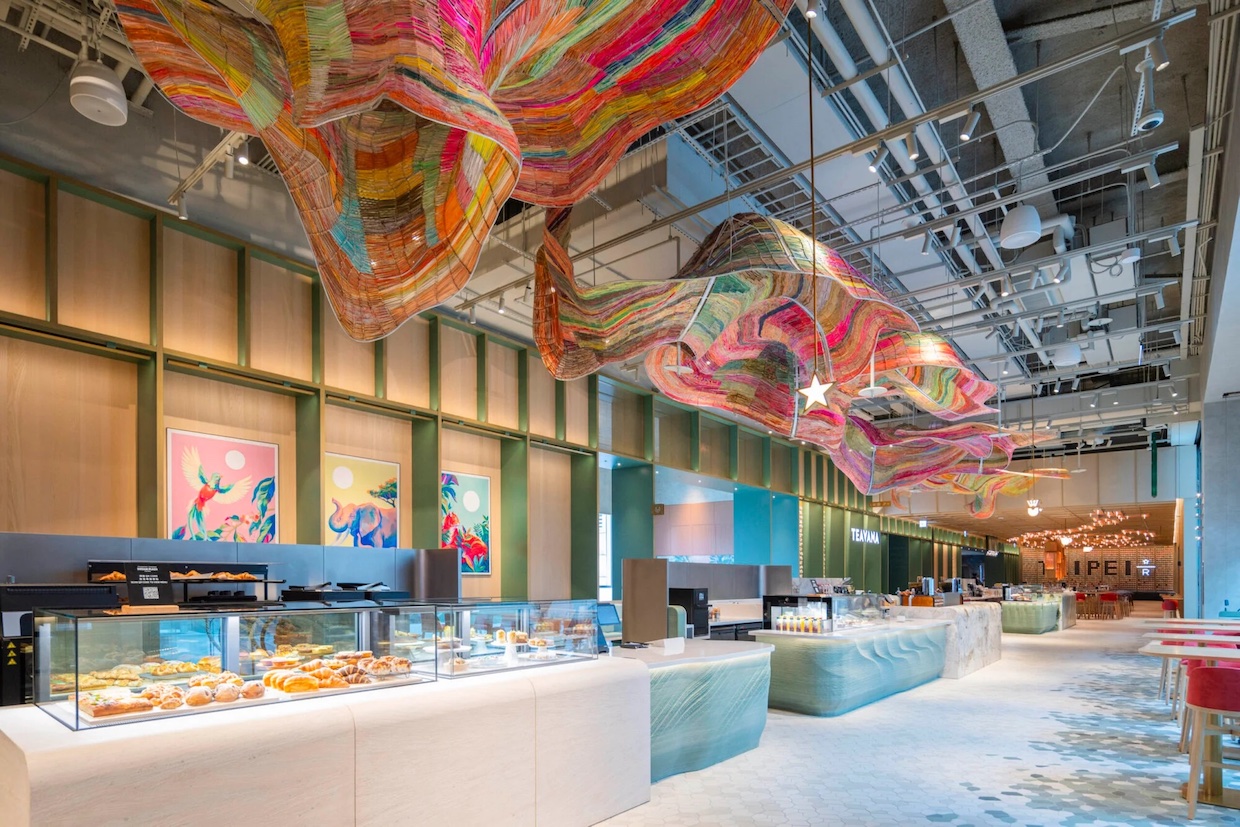Coffee events have long reflected wider industry trends. But in 2025, an unprecedented year for specialty coffee with record C prices, this has never been more apparent.
At trade shows like World of Coffee Geneva, Specialty Coffee Expo Houston, London Coffee Festival, MICE, and Producer & Roaster Forum, for example, there have been noticeable shifts. Non-coffee products, such as matcha and plant-based milks, are proliferating, while premium home equipment is becoming a more prominent fixture.
Producers are increasingly starting to export their coffee, reshaping trade dynamics. Roasters, meanwhile, are shifting to smaller, regional-format events to manage tighter marketing budgets.
These pivots signal a market in flux, reflecting changing consumer preferences and a new era of pricing, and they’re likely to continue in the years ahead.
Henry Wilson, the founder of Perfect Daily Grind, PDG Media, and Producer & Roaster Forum, shares his insight.
You may also like our article on why high prices have shifted roasters’ priorities.


Non-coffee products take centre stage
One of the key changes at coffee events this year has been the trend towards non-coffee beverages and products.
At the 2025 London Coffee Festival (LCF), for example, matcha, plant milks, functional drink powders, tonic, tea & chai, drinking chocolate, and even nut butters had a significantly larger presence than at previous editions.
Functional coffee, in particular, is proliferating. Enhanced with additional ingredients, these products claim to offer extra benefits, such as improved focus, energy, or immune support.
Adaptogenic mushrooms like lion’s mane, reishi, and chaga are increasingly found in RTD lattes. Ingredients like MCT and collagen are other popular additions, enjoyed by Gen Z for their purported health benefits.
Industry events, once used exclusively as platforms for celebrating high-quality coffee, have now diversified their focus. This reflects broader market trends as business operators seek to incorporate new drinks and ingredients into their menus to meet evolving consumer demand.
“It seems like cafés are becoming the main target audience at events, rather than roasters,” says Henry. “There has been a definite shift towards coffee-adjacent brands at trade shows and festivals in the last five or so years.”
The reason for this is straightforward. While coffee prices have remained high and volatile, café owners and operators have increasingly sought out more menu options to diversify their revenue streams and differentiate themselves from coffee-focused businesses.
Recent data supports this pivot. According to Westrock Coffee Company’s latest report, nearly one-third of US coffee drinkers want beverages that deliver targeted health benefits, such as functional ingredients like adaptogens for cognitive enhancement or probiotics for improved gut health.
As consumers increasingly prioritise their well-being, roasters and other brands have responded to shifts in purchasing behaviour. In recent years, protein-enriched lattes and adaptogen-infused cold brews have become increasingly prevalent at both events and in the broader coffee industry.
“A growing focus on wellness from Gen Z means we’re seeing functional ingredients, extracts, and more in the coffee sector,” Henry says. “Functional coffee is a cost-effective energy boost with the added advantage of health benefits.”
Matcha’s dominance can’t be ignored
By far, one of the most prominent products at coffee trade shows is now matcha. This year’s LCF featured several matcha brands, from artisanal importers to stylish, slick RTD companies, reflecting the wider diversification of the market.
Originating from Japan and dating back to the 12th century, matcha has become a global phenomenon in recent years. Brands like Blank Street and Chamberlain Coffee are increasingly focusing on matcha-based drinks to drive sales, offering signature drinks like Cookies & Cream and Blueberry Matchas. According to the Wall Street Journal, matcha now accounts for up to 50% of Blank Street’s US sales.
“For a business that initially made its mark with high-quality coffee, this is a huge pivot,” Henry says. “But the demand is still huge. Matcha is particularly popular with younger consumers, and much like espresso, it can be used as the base of a range of drinks – and consumed however you like it.”
From small specialty coffee shops to bigger chains, it seems almost all are serving matcha drinks, and it’s paying off for them. Following the launch of its Peaches & Cream Matcha and Matcha Lemonade lines, the UK’s Black Sheep Coffee saw its sales of lemonade and matcha-based beverages jump by an impressive 315%.
“We’re seeing a major shift towards photogenic, non-coffee drinks,” Henry says. “As Gen Z increasingly lead trends in the coffee industry, we’ll continue to see matcha proliferate at events and beyond.”
Other drinks are also poised for further growth at trade shows and in the overall industry. Hojicha (a roasted green tea characterised by its toasty, caramel-like flavours), ube, taro, and pandan lattes are likely the next contenders, tapping into demand for aesthetic, wellness, and experiential beverages.


The exhibitor profile is changing
It was once easy to predict the “status quo” of exhibitor halls at coffee industry events. Powerhouse equipment brands have long dominated the trade show floor with the biggest, “flashiest” booths, but roasters, importers, and other coffee retailers have typically had a strong presence, too.
However, in recent years, the exhibition landscape has undergone a significant transformation. At World of Coffee (WoC) Geneva, for instance, the Roasters Villages included predominantly green coffee importers and exporters, highlighting a lack of roasters, both small and large.
High coffee prices have led roasters, in particular, to shift their priorities. Green coffee costs have more than doubled over the last two years, resulting in tighter cash flow. Simultaneously, borrowing money has become more expensive, which makes it harder to plan for the long term.
Instead of covering exhibitor, travel, and accommodation fees, medium and larger-sized operations need to focus on securing capital to cover the costs of green coffee.
At this year’s LCF, there were noticeably fewer roasters exhibiting at their own stands as well. More had partnered with equipment manufacturers to brew and sell coffee at their booths. This is a strategic move that could help roasters expand their reach more cost-effectively.
“By collaborating with their equipment suppliers, many of whom are likely to have higher budgets for trade shows, roasters can leverage their brand power,” Henry explains. “Additionally, roasters can align themselves with established equipment brands, reaffirming their quality-driven branding.”
Equipment brands continued to maintain their foothold at coffee events this year. Home coffee equipment manufacturer Breville co-hosted the Melbourne Coffee Festival at MICE2025. The company organised a demonstration stage where attendees could interact with equipment, watch tutorials from industry experts, and take part in hands-on coffee tastings and experiences.
As part of the event, Beanz, Breville’s coffee subscription service, also hosted masterclasses featuring some of Australia’s pioneering specialty coffee roasters, including Proud Mary, ST. ALi, and Seven Miles.
This heightened focus on equipment, particularly in the premium home segment, reflects a broader trend towards the prosumer category. Manufacturers are increasingly capitalising on growing at-home consumption as coffee enthusiasts are willing to invest in high-performing, visually-appealing espresso machines, grinders, and barista accessories.
Producers are taking a different approach
Given that most major industry events take place in majority-consuming countries, coffee producers have historically had a comparatively smaller presence at industry events than roasters and traders.
Many producers would typically co-exhibit with green coffee exporters and importers to showcase their lots, allowing them to facilitate transactions and extend market reach more easily.
However, at recent events, most notably WoC Geneva and the Specialty Coffee Expo in Houston, more producers have begun to market and export coffee themselves, bypassing traditional trade models.
“High and volatile coffee prices have exposed the vulnerability of traditional green coffee trade, and more producers want to take control of their own supply chains,” Henry says. “Major industry events are an effective platform for producers to do this.”
To interest attendees, more farmers are showcasing hyper-fermentations, including co-ferments and infused coffees, at trade shows. These “showstopping” lots are memorable coffees and conversation starters, helping producers potentially establish new roaster partnerships that can drive long-term sales.
“We’re seeing many more co-fermented and infused coffees at events,” Henry says. “While this may not accurately represent the overall specialty coffee market, we will see more high-end fermentations available in coffee shops and roasteries over the next few years.
“The categories will start to diversify, just like with artificially and naturally infused or co-fermented coffees, and these coffees will find a more established home. We’re already seeing this happen in markets like East Asia and the Middle East, where novelty and exclusivity are typically more prized,” he adds.
Events like PRF also support this wider shift in specialty coffee trade. It’s one of the few industry events that places a clear focus on cultivating producer-buyer relationships and takes place in a coffee-growing country.
Show features like PRF Seed also underscore disruptive entrepreneurship and innovation led by industry professionals in producing countries, providing financial support for community-led initiatives.
With PRF returning to El Salvador on 26 & 27 March 2026, the prevalence and importance of producer-focused events are likely to grow.


Smaller regional events are on the rise
Industry trade shows will always be crucial “traditional” marketing and branding strategies for coffee businesses to extend their reach and attract new customers and wholesale clients.
But as specialty coffee faces one of the most turbulent periods in its recent history, priorities have shifted dramatically. The plethora of price hikes over the last few years has forced roasters to allocate more of their financial resources towards areas that need them most.
Green coffee prices reached historic highs in February 2025, prompting business owners to explore alternative funding options. Meanwhile, operating costs – from labour to rent to packaging – continue to climb, making cash flow management even more challenging.
Although they need to remain relevant, attending major festivals and events has become increasingly harder for roasters and other coffee brands. Exhibitor costs continue to rise, and as trade shows like World of Coffee host an increasing number of events worldwide, travel and accommodation fees are also rising.
“Rather than focusing primarily on larger festivals and trade shows, more roasters will pivot towards local and regional, smaller-format events,” says Henry. “With lower exhibitor costs making it easier to reach buyers, these events might offer roasters more value.”
Events like COFFeEAST, Iran International Coffee Festival (also known as Coffeexiran), and Ljubljana Coffee Festival have experienced explosive growth in recent years, as roasters – especially those in emerging markets where passion for specialty coffee thrives – leverage these platforms to expand their networks more strategically.
This year’s Glasgow Coffee Festival, for instance, saw a record-breaking 2,000 attendees, signalling a growing interest in smaller-format coffee events.
“Independent pop-up events may also become more prominent, as roasters look to have more control over their branding and operations,” Henry adds.


Industry events have always reflected trends in the wider coffee industry. However, we’re increasingly seeing that the format of trade shows is changing, reflecting a market in flux.
Coffee events are changing to reflect the realities of the market – with roasters tightening their belts and more non-coffee products creeping in. As one continues to influence the other, we can expect to see more shifts in the coming years.
Enjoyed this? Then read our article on whether matcha is the new espresso.
Photo credits: Specialty Coffee Association
Perfect Daily Grind
Want to read more articles like this? Sign up for our newsletter!











